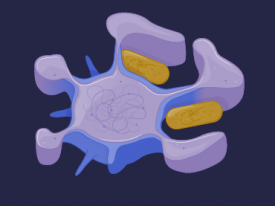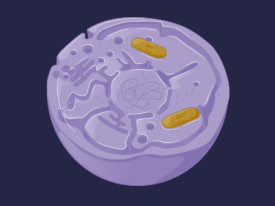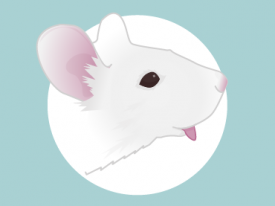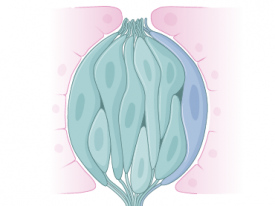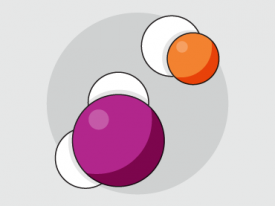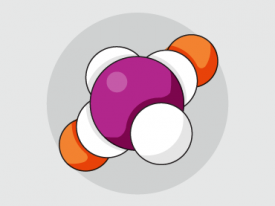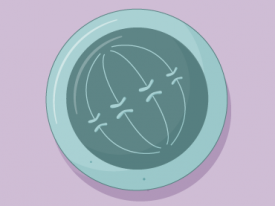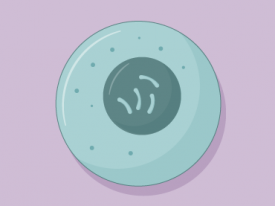Birth of the universe
In the first 10 microseconds of the big bang, the universe consisted of a seething maelstrom of elementary particles known as quarks and gluons. Ever since that epoch, quarks and gluons have been locked up inside the protons and neutrons that make up the nuclei of atoms. For the past five years, experiments at the Relativistic Heavy Ion Collider (RHIC) have been re-creating the so-called quark-gluon plasma on a microscopic scale by smashing gold nuclei together at nearly the speed of light. To physicists’ great surprise, the medium produced in these mini bangs behaves not like a gas but like a nearly perfect liquid.The results mean that models of the very early universe may have to be revised. Some assumptions that physicists make to simplify their computations relating to quarks and gluons also need to be reexamined. Read the full article here: The First Few Microseconds.
Project: Design and layout article; illustrate timeline and diagrams.
Client: Scientific American







